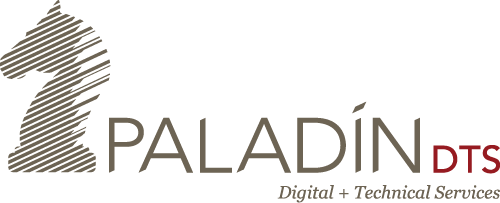Leadership in Energy & Environmental Design Updates to Commissioning
Obtaining LEED certification for your building isn’t just a feel-good decision: if done properly and thoroughly, it’s also a great way to improve your long term operating costs and provide a strong selling point for future tenants or buyers. According to standards set forth by the U.S. Green Buildings Council (USGBC), the optimal score is one hundred (100) points, allowing Project Teams to create their own path to the various certification levels (Certified – 40, Silver – 50, Gold – 60, Platinum – 80 points).
First formally introduced in 1998, LEED quickly became the “green standard” for building owners hoping to make informed decisions and sensible investments in energy & environment-sensitive design. Updated to Version 4 in 2013, the LEED framework was significantly expanded and deepened for building owners’ pursuing a “green” strategy. One of the expanded areas of LEED V4 are the compliance paths for Commissioning.
green-buildingLEED V4 retains the two categories of requirements: Prerequisites or tasks that must be completed to become a LEED Project and Credits or task options which a project team may include to meet project thresholds. Under previous LEED versions, commissioning only accounted for up to 5% of the points for a Certified facility. Under LEED V4, project teams can obtain up to 15% of their credits through Commissioning.
LEED V4 Prerequisite: Fundamental Commissioning for MEP encompasses the Mechanical, Electrical, and Plumbing systems from the Design – Acceptance Phase and is undertaken for any project pursuing LEED. No points are awarded for achieving the requirements; however, there is a great deal of focus on system performance and energy consumption. In this phase, we focus on Owner Project Requirements development, design reviews, contract document preparation, equipment verification, functional testing, and Commissioning report preparation. We always ensure that building owners understand that the LEED standards exceed the requirements for IECC Commissioning.
When we execute on the resulting action plan, Paladin’s preferred practices is to perform our own checklists and tests using our own equipment. While we ask contractors to facilitate and respond to corrective actions, we don’t ask them to execute our process. We have learned that this improves the quality of the installation and the timeliness of issues identification and resolution.
LEED V4 Credit Option 1: Enhanced Commissioning for MEP supplements the Fundamental Commissioning requirements with other tasks including submittal reviews, owner training support, system manual generation, ongoing commissioning plan creation, and a Warranty walk-through. We recommend that the cost avoidance benefits (through tasks such as submittal review, owner training coordination and robust close-out documentation) are well worth the additional cost (over Fundamental). Plus, successful completion of these tasks can obtain the project 3 points towards LEED Certification.
LEED V4 Credit Option 2: Enhanced Commissioning for Building Envelope is increasing in popularity and adoption among large building owners. The completion of the credit option awards a project 2 points towards LEED Certification. Building on the Fundamental Commissioning baseline, the process covers the Construction Phase through Warranty Phase services for the building envelope. Tasks in this approach include commissioning plan development for the envelope, building envelope testing specification development, building envelope submittal reviews, installation verification, functional testing, owner training support, system manual generation, and Warranty walkthrough.
At Paladin, we use our own test equipment, allowing us to include the cost of the pressurization and water tests in our pricing structure. All we need from the Contractor is power, water and the occasional access to a lift depending on the building configuration.
LEED V4 Credit Option 3: Monitoring Based Commissioning is worth 1 point towards LEED Certification for projects. This credit looks beyond construction of a high performing facility and concentrates for a period of time on the operation of the building. Through robust measurement and reporting, the credit option focuses on identifying modifications and recommending improvements to how the building is working. Consequently, the operators have a building tuned to their users’ needs.
So, if you’re ready to do the legwork that can lead to LEED certification and enhanced value for your building or buildings, visit www.PaladinEngineers.com and let us schedule that first informative conversation.
By Candice Rogers, CCP, CxA, LEED AP BD+C President

